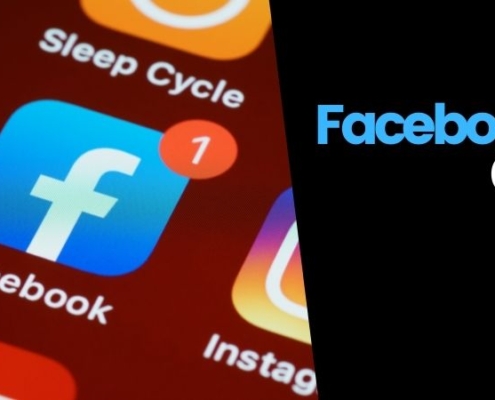
Seize the Power of Video for Healthcare Marketing
0 Comments
/
Remember not too long ago when the phrase, “Content is king”…

How to Create an Effective Higher Education Social Media Strategy
Social media is central to the success of any student recruitment…

Top 18 CRM Tools for 2024 [Features, Reviews, and Ratings]
CRM is the fastest-growing enterprise software. The market for…

[Webinar] Publisher Partners: Identifying the Right Mix
https://youtu.be/TX_aqUhyL3A
With the new intake season,…

What is HIPAA Compliance? A Complete Guide for 2023
A complete guide to the rules and regulations that ensure HIPAA Compliance. Follow these to keep patient information safe and avoid any violations.

25 Super-effective Voicemail Greeting Scripts for Your Business
You may try your best to avoid missed calls.
Still,…

CRM Marketing: The Secret Recipe for Higher Engagement and Faster Sales!
Customer retention is cheaper than acquisition.
For example,…

Marketing HyFlex Courses: 7 Strategies to Engage Non-Traditional Students
HyFlex (Hybrid-Flexible) courses offer immense potential to…

A No-Brainer: Facebook Ads for Healthcare Practices
At the risk of stating the obvious, nearly everyone is on Facebook.…

What Is CX? How to Deliver the Best Customer Experiences
In 2021, customer-facing digital experiences was a top priority…

10 Social Media Strategies for Higher Education
Being active on social media is essential for building brand…

5 Innovative Ways to Deliver Better Customer Experiences in Insurance
The year 2021 came with its ups and downs. While specific industries…

7 Healthcare Marketing Trends to Watch in 2024
Businesses have long warned of a massive increase in consumer…

30+ Critical Sales Interview Questions [With Model Answers]
If hiring a star sales rep was difficult in the pre-pandemic…






